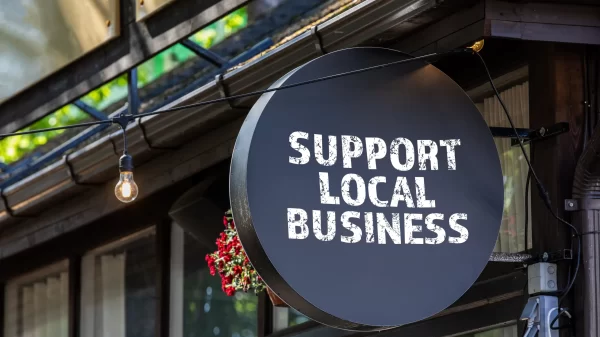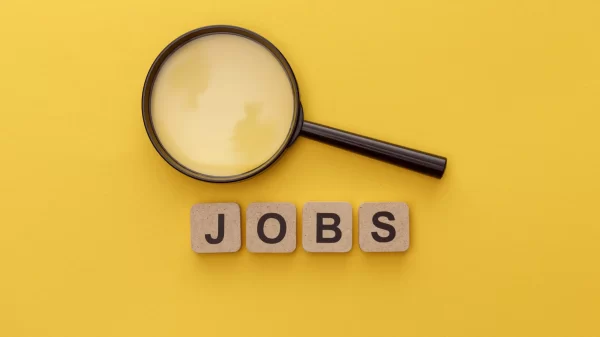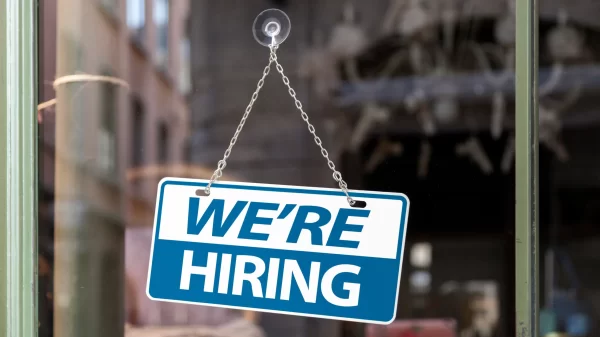|
Getting your Trinity Audio player ready...
|
The national NFIB Small Business Optimism Index reached the highest reading of the year in May at 90.5, a 0.8-point increase but still the 29th month below the historical average of 98.
The Uncertainty Index rose nine points to 85, the highest reading since November 2020. Twenty-two percent of owners reported that inflation was their single most important problem in operating their business, unchanged from April and the top business problem among owners.
“The small business sector is responsible for the production of over 40 percent of GDP and employment, a crucial portion of the economy,” said NFIB Chief Economist Bill Dunkelberg. “But for 29 consecutive months, small business owners have expressed historically low optimism and their views about future business conditions are at the worst levels seen in 50 years. Small business owners need relief as inflation has not eased much on Main Street.”
State-specific data is unavailable, but NFIB State Director Rosemary Elebash said, “Running a small business is never easy, but it’s especially tough with inflation pushing up costs and forcing consumers to watch their spending. Making the federal Small Business Deduction permanent would help give Main Street businesses a little more economic certainty by ensuring their taxes won’t increase overnight.” Unless Congress takes action, the 20 percent deduction will expire in 2025.
Key findings of the national survey include:
- A net negative 8 percent (seasonally adjusted) of owners viewed current inventory stocks as “too low” in May, down four points from April and the lowest reading since October 1981.
- Owners’ plans to hire rose three points in May to a seasonally adjusted net 15 percent, the highest reading of the year.
- Seasonally adjusted, a net 28 percent plan price hikes in May, up two points from April.
- Six percent of owners reported that financing was their top business problem in May, up two points from April. The last time financing as a top business problem was this high was in June 2010.
As reported in NFIB’s monthly jobs report, a seasonally adjusted net 18 percent plan to raise compensation in the next three months, down three points from April and the lowest reading since March 2021. Forty-two percent (seasonally adjusted) of all owners reported job openings they could not fill in the current period.
Fifty-eight percent of owners reported capital outlays in the last six months, up two points from April. Of those making expenditures, 40 percent reported spending on new equipment, 25 percent acquired vehicles, and 16 percent improved or expanded facilities. Eleven percent spent money on new fixtures and furniture and 6 percent acquired new buildings or land for expansion. Twenty-three percent (seasonally adjusted) plan capital outlays in the next six months, up one point from April.
A net negative 14 percent of all owners (seasonally adjusted) reported higher nominal sales in the past three months. A net percent of owners expecting higher real sales volumes fell one point to a net negative 13 percent (seasonally adjusted).
The net percent of owners reporting inventory gains fell one point to a net negative 7 percent. Not seasonally adjusted, 11 percent reported increases in stocks and 15 percent reported reductions.
A net negative 8 percent (seasonally adjusted) of owners viewed current inventory stocks as “too low” in May, the lowest reading since October 1981. A net negative 6 percent (seasonally adjusted) of owners plan inventory investment in the coming months, unchanged from April.
The net percent of owners raising average selling prices was unchanged from April at a net 25 percent seasonally adjusted. Twenty-two percent of owners reported that inflation was their single most important problem in operating their business. Unadjusted, 12 percent reported lower average selling prices and 40 percent reported higher average prices.
Price hikes were the most frequent in the retail (55 percent higher, 6 percent lower), finance (50 percent higher, 3 percent lower), construction (42 percent higher, 9 percent lower), manufacturing (42 percent higher, 12 percent lower), and services (37 percent higher, 6 percent lower) sectors. Seasonally adjusted, a net 28 percent plan price hikes in May.
Seasonally adjusted, a net 37 percent reported raising compensation, down one point from April. A seasonally adjusted 18 percent plan to raise compensation in the next three months, down three points from April and the lowest reading since March 2021. Ten percent of owners cited labor costs as their top business problem, only three points below the highest reading of 13 percent reached in December 2021. Twenty percent said that labor quality was their top business problem, just behind inflation as the number one issue.
The frequency of reports of positive profit trends was a net negative 30 percent (seasonally adjusted), three points worse than April and a very poor reading. Among owners reporting lower profits, 32 percent blamed weaker sales, 15 percent blamed the rise in the cost of materials, 14 percent cited labor costs, and 11 percent cited lower selling prices. For owners reporting higher profits, 41 percent credited sales volumes, 23 percent cited usual seasonal change, and 10 percent cited higher selling prices.
Three percent of owners reported that all their borrowing needs were not satisfied. Twenty-nine percent reported all credit needs met and 58 percent said they were not interested in a loan. A net 6 percent reported their last loan was harder to get than in previous attempts.
Six percent of owners reported that financing was their top business problem in May, up two points from April. The last time financing as a top business problem was this high was in June 2010.
The NFIB Research Center has collected Small Business Economic Trends data with quarterly surveys since the fourth quarter of 1973 and monthly surveys since 1986. Survey respondents are randomly drawn from NFIB’s membership. The report is released on the second Tuesday of each month. This survey was conducted in May 2024.






















































